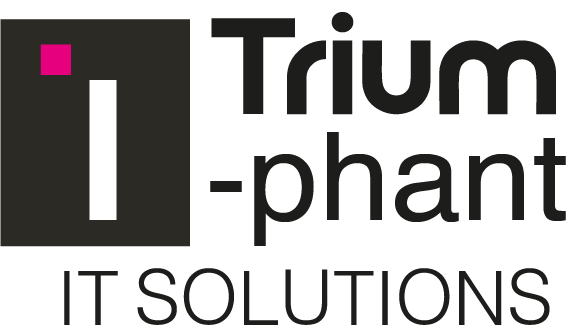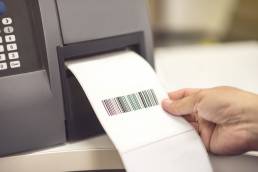In the past, businesses relied on single authentication to confirm who was utilizing their services. But the days of relying on passwords or one-factor authentication are quickly coming to an end. Today, multi-factor authentication (MFA) and two-factor authentication(2FA) are the methods that IT security teams use to manage user identification and access.
Overview
Businesses’ adoption of cloud computing is attracting hackers and attackers who strive to access company credentials in the cloud. But different security measures are put in place to counter credential and cyber attacks.
Companies are doubling up on security by protecting their applications and environments with multi-factor authentication or 2-factor authentication(2FA).
Multi-factor authentication (MFA) and 2-factor authentication (2FA) have become critical for organizations to protect user accounts, assets, and data. But how do multi-factor authentication and two-factor authentication differ from one another? If you want to learn more about each security technology, how they differ, and which is preferable, read on.
What is 2-factor Authentication?
Two-factor authentication is a two-way kind of security solution that increases the security of access by confirming user identity. A smartphone app or an independent element (email, SMS, security questions, social profile, etc.) can be used as one of these factors, along with something you know—like a login and password.
It serves as the primary defense against phishing, social engineering, and password brute-force assaults and is the cornerstone of a zero-trust security strategy. It serves as the easiest and most reliable method of adding a safe layer of authentication on top of the login credentials is two-factor authentication (2FA).
It protects your logins from hackers using stolen or weak credentials.
Multi-factor Authentication
A security measure known as multi-factor authentication encompasses multiple types of identification from multiple credential levels. Information from these levels is authenticated before granting the user login or other financial transaction access.
It requires more information than what 2FA demands to grant a user access.
MFA makes it more challenging for an unauthorized person to access users’ geography, pieces of technology, and a network or database.
The majority of MFA authentication is based on three different factors.
- Knowledge factor: These are things you need to be very familiar with, including passwords, PINs, or even hidden locks.
- Possession factor: These might stand in for anything you actually own, like a key or smart card.
- Inherence factor: This relates to a method of tracing you, such as biometric identification (fingerprint, retina scan, or voice recognition).
When one of the factors in multi-factor authentication is hacked or broken, there is still at least one or more obstacles that the attacker must overcome to get access to the target.

What is the Basic Difference Between Multi-factor Authentication and 2-factor Authentication?
The number of authentication methods distinguishes a 2FA from an MFA. In contrast to MFA, which demands at least two methods of authentication from users, 2FA limits users’ authentication options to only two. As a result, you could conclude here that MFAs are 2FAs, but not all 2FAs are MFAs.
Unquestionably, 2FA and MFA add further security features to the single password method in use before now. But which is stronger? MFA or 2FA?
Multi-factor Authentication VS 2-factor Authentication: Which is Better?
Don’t you think the demand for MFA would not have ensued if 2FA were the best option? If two credentials secure data, then three could do better. So it is more secure to require three or more separate elements for authentication than simply two.
Although the level of security to be installed depends on the sort of business. Therefore, there is a very tiny possibility that an attacker will also gain the user’s fingerprints, even if they have the user’s password, YubiKey, or mobile device.
Being extremely hard to hack or steal makes for such a significant authentication element.
Conclusion
Increasing security should be your top priority now that you are aware of MFA and 2FA. It is an unsafe practice if your business uses a single-password login methodology. To ensure you are protected, integrate MFA or 2FA right away.
You can avoid the hassle of implementing this service in your company by having experts carry out the processes for your company.
As a reputable security company, we can help your business implement 2FA or MFA. So for all of your cloud/IT or security needs, contact us right now.
Related Posts
15th December 2022
Use of Shipping Label Printers in Business
A shipping label printer is a device that prints the barcode and order…
24th October 2022
Why Do We Need Virtualization – Top 5 Benefits
Before now, using a single machine for a single application was common across…
25th March 2020
Should I Migrate to the Cloud? Pros and Cons of Cloud Computing
You can save yourself the stress of maintaining physical data servers when you…




